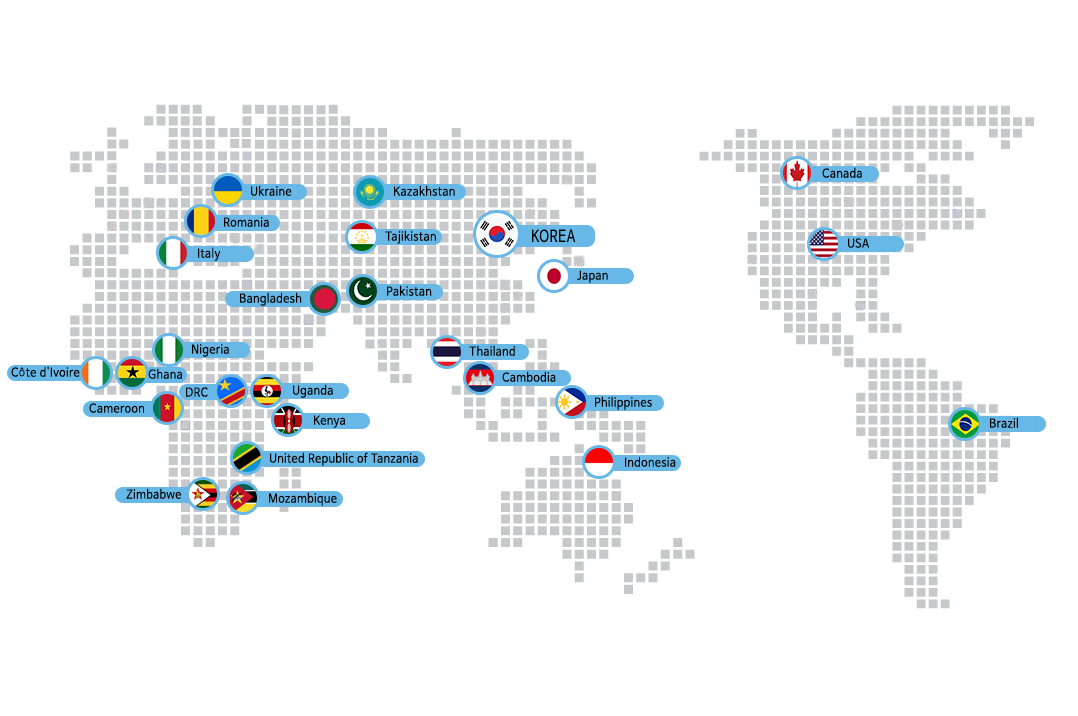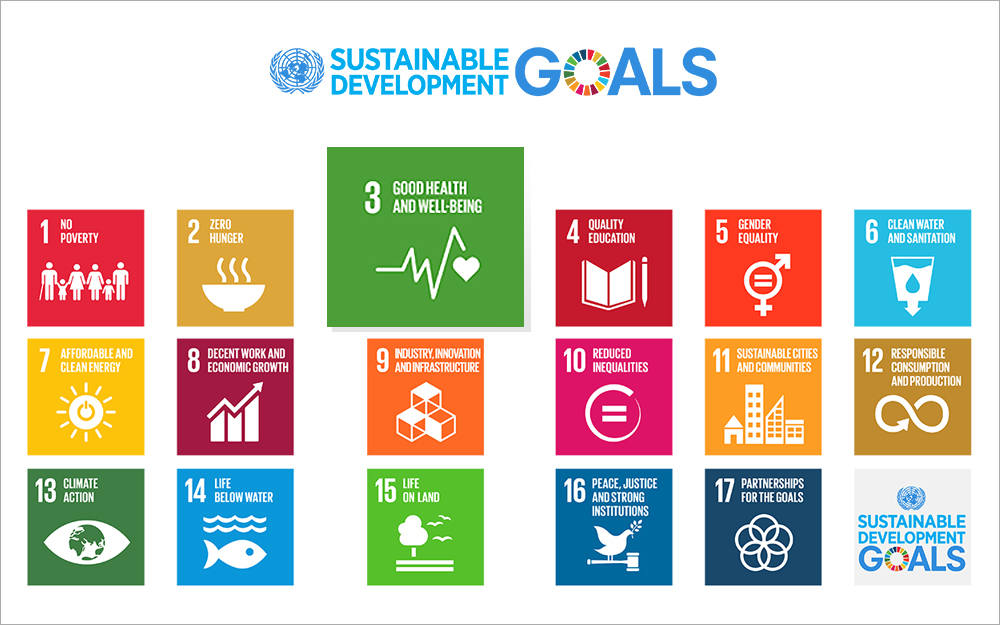
Source: Stop TB Partnership Website
WHO WE ARE

General Assembly of Global Partnership

Coordination Committee (Board)
WHO Tuberculosis
Management Strategy /
Technical Advisory Committee

STOP-TB Partnership
Secretariat

9 Working Groups
The Board
The Secretariat
9 Working Groups
Source: Stop TB Partnership Website
HOW WE WORK
Vision
Key Objectives
Operational Strategy
| Goal 1 | Advocate, catalyze and facilitate sustained collaboration and coordination among partners to achieve the targets under the Global Plan to End TB 2016-2020 and move towards ending TB. |
|---|---|
| Goal 2 | Support the development, replication and scale-up of innovative approaches (including in the roll-out of new tools) to overcome systemic barriers in the fight against TB. |
| Goal 3 | Facilitate world-wide, equitable access to TB medicines and diagnostics, including new tools, across public and private sectors. |
| Goal 4 | Ensure the optimal and efficient functioning of the Secretariat. |
Source: Stop TB Partnership Website
WHAT WE DO
01Advocacy, Communication and Social Mobilization
02Investment Mechanism
03Coordination with and Mobilization of Partners
04Project Development and Support
Source: Stop TB Partnership Website
Background and History of Stop TB Partnership KOREA
Backgrounds
Objectives
01Establishing a Public-Private Cooperation System for Effective Patient Management for the Vulnerable of Tuberculosis
02Securing Social Resources to Fight Tuberculosis at Home and Abroad through STOP-TB Partnership Network
03Reinforcing Korea's Role and Elevating Its Status for End-TB
Operation and Management
01Creating Social Consensus and Securing Resources to Fight Tuberculosis
02Supporting TB Patients, TB Medical Staff and Researchers, and Partners' TB Eradication Activities
03Cooperating with International Community and Support for Countries with High Tuberculosis Burden to Achieve the END-TB
Progress of the STOP-TB Partnership Korea

"End-TB" Strategy (2016~2035)
| MILESTONES | TARGETS | |||
|---|---|---|---|---|
| 2020 | 2025 | SDG | END TB | |
| 2030 | 2035 | |||
| Reduction in number of TB deaths compared with 2015(%) |
35% | 75% | 90% | 95% |
| Reduction in TB incidence rate compared with 2015(%) |
20% (85 per 100,000) |
50% (55 per 100,000) |
80% (20 per 100,000) |
90% (10 per 100,000) |
| TB-affected families facing catastrophic costs due to TB(%) |
0% | 0% | 0% | 0% |
Source: The End TB Strategy (2015)